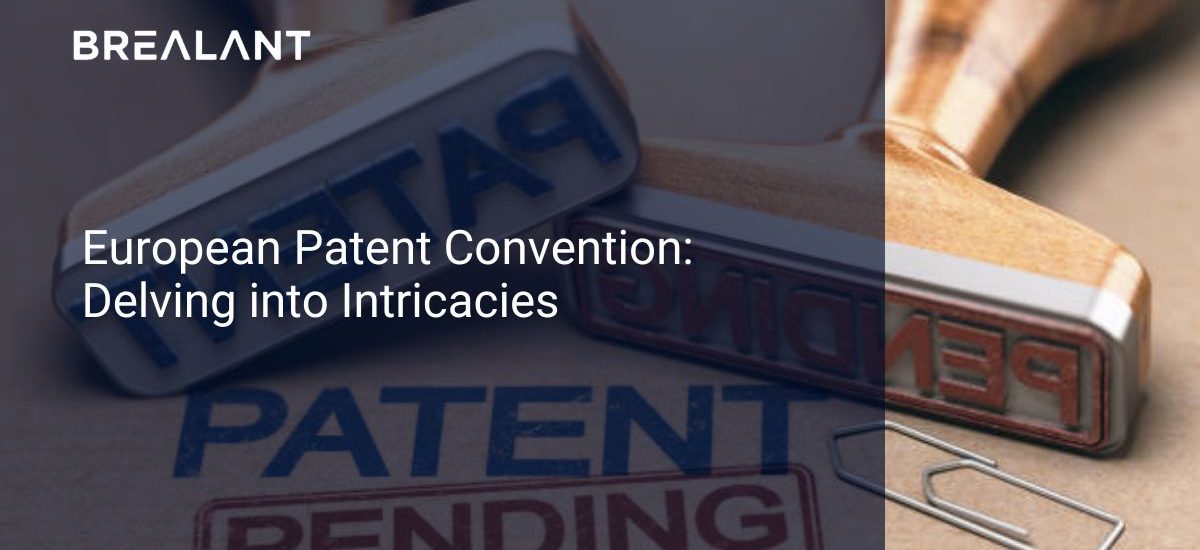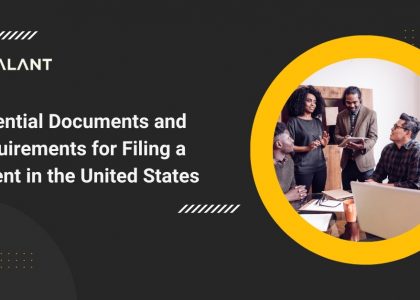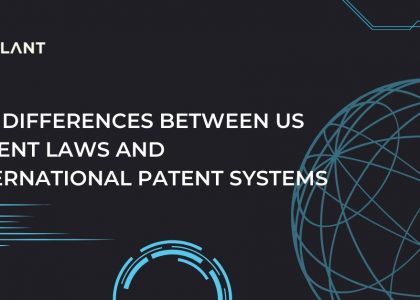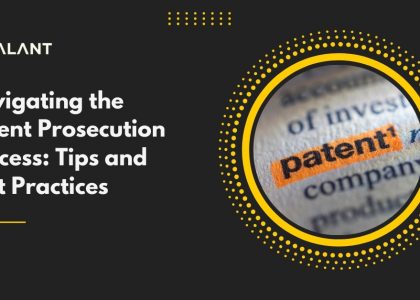The European Patent Convention (EPC) is a treaty that regulates Europeans protected intellectual property rights. The EPC was established in 1973 and has since been amended five times. This year, the EPC entered into force, becoming a legally binding instrument between the EU Member States. The counterpart of a national patent office on a global scale is the European Patent Office (EPO), which is headquartered in Munich. General Search, Examining, and Opposition Divisions make up its administrative divisions. At The Hague is the Receiving Section.
One of the most controversial features of the EPC is its sui generis character. This means that certain provisions of EU law cannot be reproduced verbatim in national laws unless they are expressly incorporated into them. As a result, there can be considerable divergence between national patent regimes in relation to EPC-covered technologies.
The European Patent Convention (EPC) is the principal legal instrument that unites the patent systems of the EU countries. It defines what inventions can be deemed as inventions and how companies can protect their intellectual property rights. The founding objective of the EPC is to reduce barriers to business and innovation, creating a single market for patented products.
What was the history behind European Patent Convention?
The European Patent Convention (EPC) is a treaty that establishes the rules for patents in Europe. It became effective on March 26th, 1957, and has been revised numerous times since its inception. What are the intricacies of this treaty? How does it affect patent applicants and practitioners?
The European Patent Convention is a treaty establishing the European patent rules. The treaty was first ratified in 1957 and has been revised numerous times since its inception. The EPC has been revised several times and now comprises 54 member states. The EPC allows for the extension and protection of European intellectual property rights. The most recent revision, which came into effect on March 26th, 2013, covers 151 countries. The EPC provides a single legal framework for patent law across Europe and allows for the exchange of patent information between member states. Additionally, the EPC establishes rules for filing and prosecuting patents in Europe.
The European Patent Convention has significant implications for patent applicants and practitioners. The European Patent Convention offers a number of benefits to businesses operating in Europe:
- It facilitates trade by providing a system for legitimizing patents.
- It strengthens the patent system by ensuring that patents are valid and enforceable.
- The EPC allows for cross-border collaboration among business owners and technology developers.
- The EPC helps to protect investments made in businesses by providing legal certainty.
How does the convention work?
The European Patent Convention (EPC) is an effort to make European patent law more straightforward. According to the Convention, a process for obtaining a single European patent serves as an indigenous patent in the member nations specified in the application. Securing extensive patent protection with this substitute for national procedures should be simpler. Although a European patent has strict requirements, its main appeal is simplifying the awarding processes.
The initial stage in the process is to submit an application, either through a national patent office or directly to the EPO. The applicant determines the language of the application procedure and may be in one of the three official languages (English, German, or French).
This treaty intended to manage and regularize the procedure for obtaining patents in Europe. The key topic for discussion during the drafting of the EPC was to decide what exactly a “European patent” would be. The solution found was that the European Patent Office would be competent to grant European patents directly. This means that, as a European patent holder, you can initiate proceedings before the Boards of Appeal within the European Patent Office if disputes arise regarding your rights as a patent holder.
Conclusion
The EPC is a significant step forward in creating an EU-wide IP system that offers patent protection to inventors across the European continent and improves upon previous, less formal agreements. It is encouraging that the EPC offers clear guidance to those seeking protection for their innovative ideas and concepts. By clearly defining the application and examination processes and streamlining the existing international IP framework, innovators will be able better to navigate the intellectual property process of European countries and gain greater integrity for their patented inventions.Is your country a designated member of the EPC, and you are looking forward to gaining a globally recognized patent but are disoriented about the related aspects? Brealant is an outstanding IP service provider firm that offers services related to applications and other aspects of intellectual property. Visit the website and get expert advice for safeguarding your invention.





